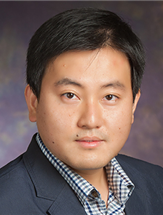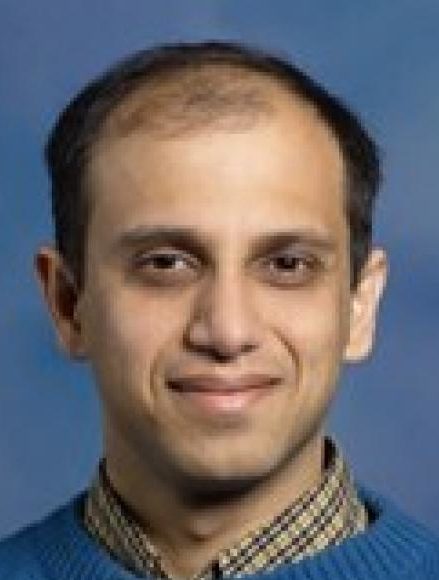
Digital twin of enhanced cleaning produce process informed by laboratory experiment data.
SPECIFIC AIMS:
Objective: optimize an ultrasonic fresh produce sanitation process: data =>model & AI => optimization
The overall goal of this study is to develop and optimize an AI-assisted ultrasonic fresh produce sanitation system to significantly improve the efficacy of current fresh produce sanitation operations. The specific objectives include:
- Develop a sub-pilot scale continuous-flow ultrasonic fresh produce washing testbed,
- Quantify cavitation activity on produce surfaces using high-speed imagining and X-ray techniques,
- Develop electrical sensors measuring chlorine concentration and pH level based on graphene field-effect
- transistor (FET) sensors, and
- Perform machine learning (ML)-based response surface modeling of fresh produce washing process.
GENERAL GOALS: The proposed study will tap into the power of AI to develop strategies to optimize an ultrasonic fresh produce sanitation process. It will for the first time enable an intelligent produce washing process to ensure maximized sanitation efficacy for different produce types.
- continuous-flow ultrasonic fresh produce washing testbed for data generation (Feng, UIUC)
- Determination of cavitation activity on produce surface (Mäkiharju, UC Berkeley)
- Determination of graphene field-effect transistor (FET) chlorine concentration sensors (Nam, UIUC)
- Development of develop an ML-based response surface model (Shao, UIUC)
AI guided ultrasonic cleaning of produce will be examined. The initial experiments will focus on enhanced cleaning effectiveness due to shear induced on the produce surface by bubble enhanced ultrasonic cleaning. Range of amplitudes considered is such that we span cases from oscillating non-condensing gas bubbles to cavitation near an artificial leaf surface. The artificial plant leaf surface is developed in Feng lab UIUC) in order to mimic the surface topology, hydrophobicity, and surface chemistry of real lettuce leaf, but allowing for repeatable well-controlled studies.
After this model case is examined, enhancing our physical understanding of the relevant flow, time-averaged cavitation within complex media (including real produce) will be examined. We will utilize X-ray computed tomography with photon counting energy resolving detector arrays.
Deep Neural Network with dense layers and multiple outputs will be trained to take the data yielded by up to 128 energy-level computed tomography reconstructions and classify the voxel material composition. We’ll use hyperbolic tangent, ReLU or sigmoid activation function, and tentatively idea is to both code ourselves and use Tensor Flow (in Colab) – which in the simple classification case should yield comparable results if our code works correctly. Training of the network will be accomplished by a hybrid dataset consisting of experimental phantom CT scan data and two types of simulated data (most from Beer-Lambert and few from the more computationally expensive Monte Carlo N-Particle codes).
This project also draws on the domain expertise of the broad array of participants shown below:
Project Team
Collaboration
The projects are jointly conducted with partners through the AIFS Network:
https://aifs.ucdavis.edu/
UIUC
UC Berkeley
S. Mäkiharju
(fluid mechanics and diagnostics)




